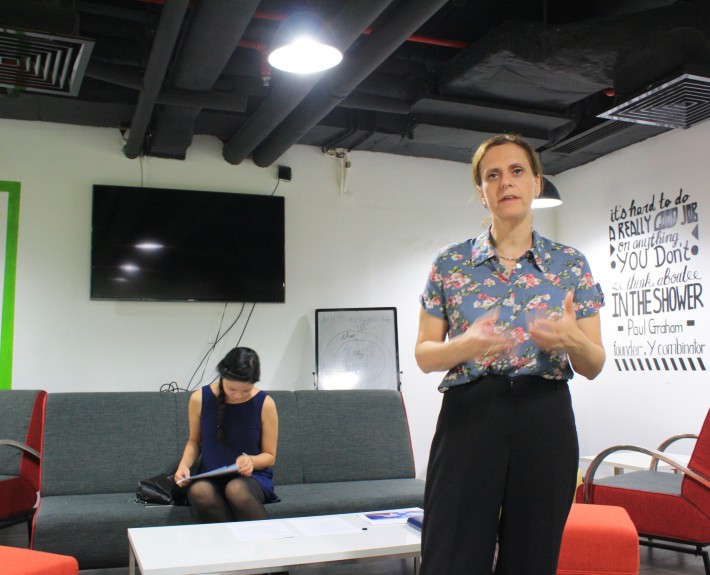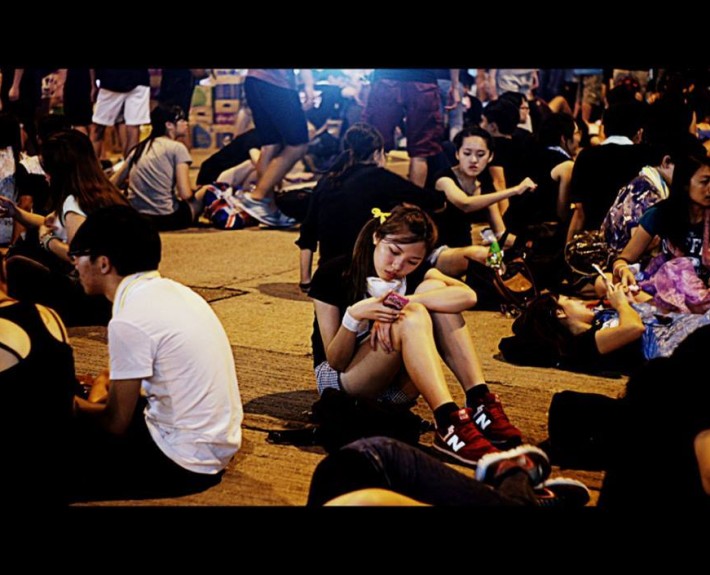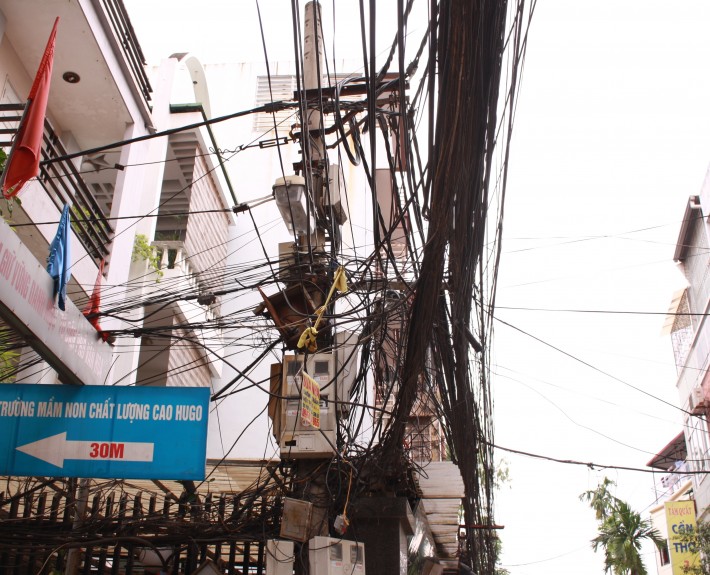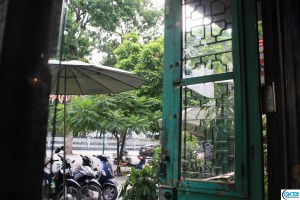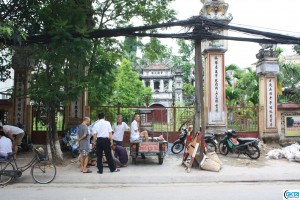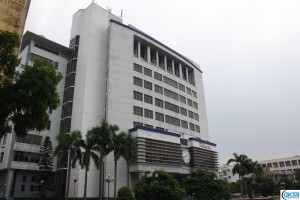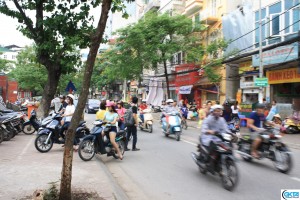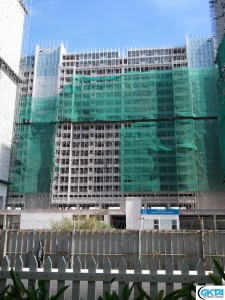Uncharted Territory
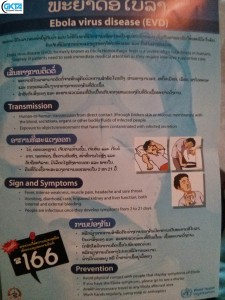 In 1976 Ebola virus (EBOV or EVD) was discovered in a village in Central Africa near a river from which the virus takes its name. Prior to this year, EBOV had only been present in Africa—but that all changed as infected people in Africa headed west and brought the virus with them. Today, Ebola has reached the developed world and cases continue to grow exponentially in West Africa. According to the WHO, “the average EVD case fatality rate is around 50%.”
In 1976 Ebola virus (EBOV or EVD) was discovered in a village in Central Africa near a river from which the virus takes its name. Prior to this year, EBOV had only been present in Africa—but that all changed as infected people in Africa headed west and brought the virus with them. Today, Ebola has reached the developed world and cases continue to grow exponentially in West Africa. According to the WHO, “the average EVD case fatality rate is around 50%.”
As of October 17, there have been 9216 confirmed cases and 4555 deaths according to the WHO and roughly every 21 days the resource requirements necessary to defeat Ebola double. Currently, the organization leading the fight against EBOV, Medicins San Frontieres (MSF), has reached their capacity to provide care for patients in West Africa. On the other side of the Atlantic there are about 1,000 people under some level of supervision or quarantine in the US.
Prime Minister Cameron has called Ebola, the “biggest health threat to our world in a generation.” Global awareness has been raised—but it still hasn’t translated into much action.The UN trust fund specifically for battling Ebola has only received $100,000 out of $20 million pledged. Yes, the US is prepared to dispatch up to 3,000 soldiers to affected areas in West Africa and Cuba has sent more than 450 medical personnel to help with the Ebola outbreak there but more resources need to be diverted to West Africa to get a leg up on the disease.
The current efforts haven’t been particularly reassuring consider that the UN has admitted that it has “botched” the initial response to the Ebola threat. And once the virus arrived in the US, the way that Texas Health Presbyterian Hospital handled Thomas Duncan’s case can be summed up in a series of missteps. There is simply too much misinformation, hubris, and dogma present in how the danger of Ebola has been communicated to the public.
Unclear Events
Let’s take a look at how information regarding the American EBOV cases came out recently:
Story #1: ABC News – 10/15 – 10:30AM
“The level of risk to people around her would be extremely low,” said Dr. Tom Frieden, director of the Centers for Disease Control and Prevention.
Frieden says the health care worker traveled to Ohio before she knew that the first nurse had been diagnosed. She was undergoing self-monitoring at the time.
The unidentified nurse flew to Cleveland on Friday, the same day a colleague, nurse Nina Pham, was hospitalized. Pham’s diagnosis with Ebola was disclosed on Sunday.
The airplane’s crew said she had no symptoms of Ebola during her return flight on Monday. But Tuesday morning she developed a fever and on Tuesday night tested positive for Ebola.
Story #2: NBC – 10/15 – 4:30PM
Dr. Thomas Frieden, director of the Centers for Disease Control and Prevention, told reporters that the nurse had a temperature of 99.5 degrees before she got on the plane on Monday.
Because of that reading, and because she had treated Thomas Eric Duncan, the first Ebola patient diagnosed in the United States, the nurse should not have been on the plane, he said.
“She should not have traveled on a commercial airline,” Frieden said.
Story #3: WFAA ABC – 10/15 – 9:19PM
It was later confirmed that the CDC gave Vinson permission to get on the plane because she was showing no other symptoms of the virus, and her temperature didn’t reach the threshold of 100.4 degrees.
“She wasn’t bleeding or vomiting,” Frieden said. “The level of risk around her would be extremely low, but because of the extra margin of safety, we will be contacting [all those who were on the flight].”
Story #4: The Blaze – 10/16 – 12:24AM
In a letter to employees, Frontier Airlines CEO Dave Siegel said he “was notified by the CDC that the passenger may have been symptomatic earlier than initially suspected; including the possibility of possessing symptoms while onboard the flight,”
The CDC had previously said that the nurse “exhibited no signs or symptoms of illness” while on the flight, but said they still wanted individuals who were on the flight to contact them. In a statement, Frontier had echoed that and said their crew didn’t observe any signs of illness from the patient.
Story #5: Reuters – 10/16 – 6:07PM
An Ebola-infected Texas nurse who traveled to Ohio over the weekend to plan for her wedding may have been ill as early as Friday[10/10], a spokesman for the U.S. Centers for Disease Control and Prevention said on Thursday.
Dr. Christopher Braden told a news conference in Ohio that the CDC may include people who were on a flight Amber Joy Vinson took to Cleveland from Dallas on Friday in its investigation of possible contacts.
Vinson went to a bridal shop in Akron on Saturday but otherwise spent the weekend mainly with family before taking a return flight to Dallas on Monday, the day before she was diagnosed with Ebola, according to county health official
Dr. Marguerite Erme, medical director for Summit County, told the news conference that people who visited Coming Attractions Bridal & Formal Inc in Akron from noon to 3:30 p.m. on Saturday should contact health officials.
Eight people who had confirmed contact with Vinson during her Ohio visit in Summit and Cuyahoga counties are in voluntary quarantine and have not shown symptoms of the virus, county health officials said.
Uncertain Direction Ahead
Of course, more people have died than has been officially reported due to the challenges of obtaining accurate data in the field and the scale of the outbreak. For example, there is an overwhelming flow of patients to newly established care centers as soon as they open and the untold economic effects will surely linger long after the outbreak reaches equilibrium. Co-discoverer of EBOV Peter Piot: “The three countries that are affected are being totally destabilized, not only in terms of people who are killed by Ebola — their families, the orphans that now are coming up because the parents died — but the economy has come to a standstill[.]”
In Vietnam, the extent of Ebola on the radar here was when a few rumors were spread by locals in August an attempt to raise awareness. Upon arrival at Wattay International Airport, debarking passengers are presented with an Ebola information card as they pass through a manned kiosk. While the Noi Bai (Hanoi) airport also has a kiosk, it was not manned when arriving late last month. It’s worth noting that airport officials have tightened restrictions since then.
However, all is not bleak: Liberian-American Patrick Sawyer didn’t infect anyone else on his flight to Nigeria despite having clear visible signs of the disease. Also, Thomas Duncan’s family seem to have not been infected–although the real “all-clear” threshold is 42 days instead of 21. Furthermore, the UN recently officially declared the outbreak in Senegal over and Nigeria has managed to stop the spread of Ebola beyond the few outliers that broke protocol. These are real successes and lucky breaks.
The upcoming Flu season will be a true test of healthcare systems in the US and other nations as the fear of Ebola continues to rise and more infected people span out of currently affected areas. Travel plans, daily habits, and business activities will all be altered as people attempt to minimize exposure to anyone who might be infected. Let’s hope that the mishandling of the initial cases will serve as a wake up call to governments, health organizations, and people so that a more proactive approach to combat Ebola can take shape.
Additional Resources:
An up-to-date timeline of how the Ebola virus has spread around the world.
A recent Johns Hopkins Symposium discussing what is known and unknown about Ebola.

